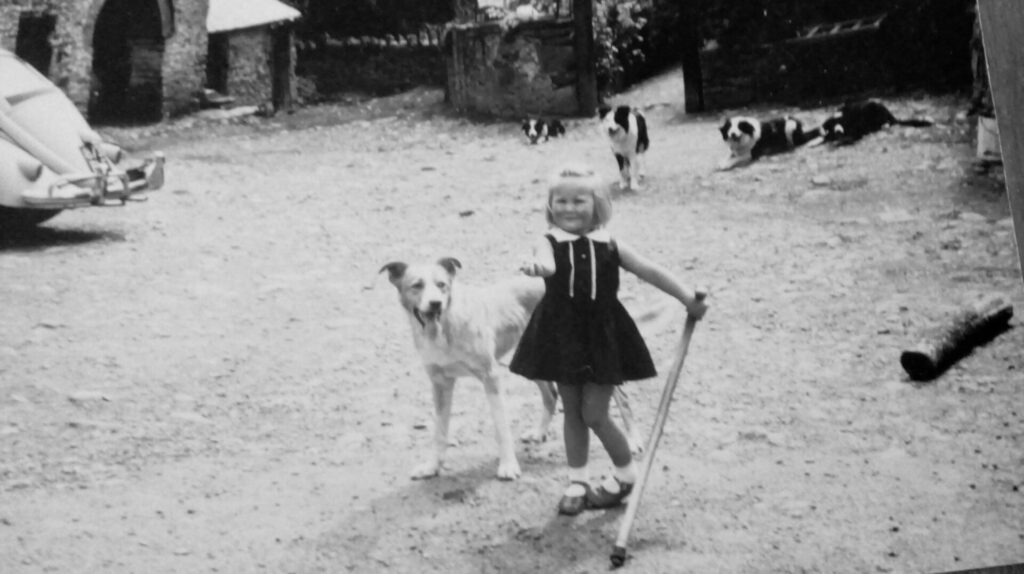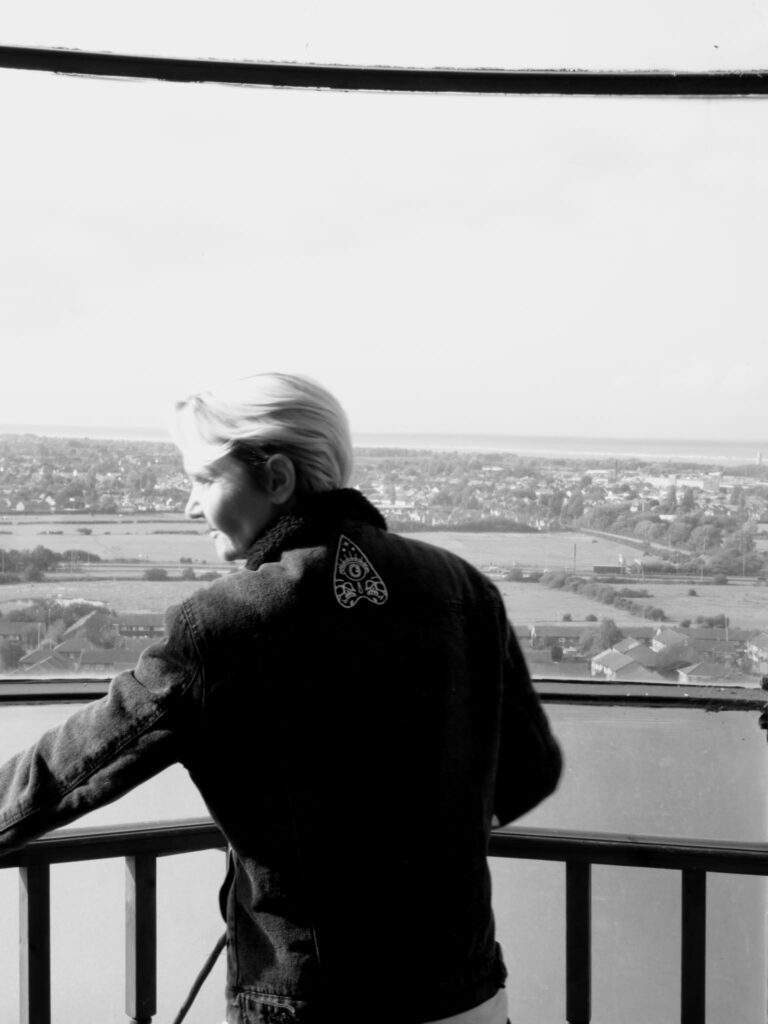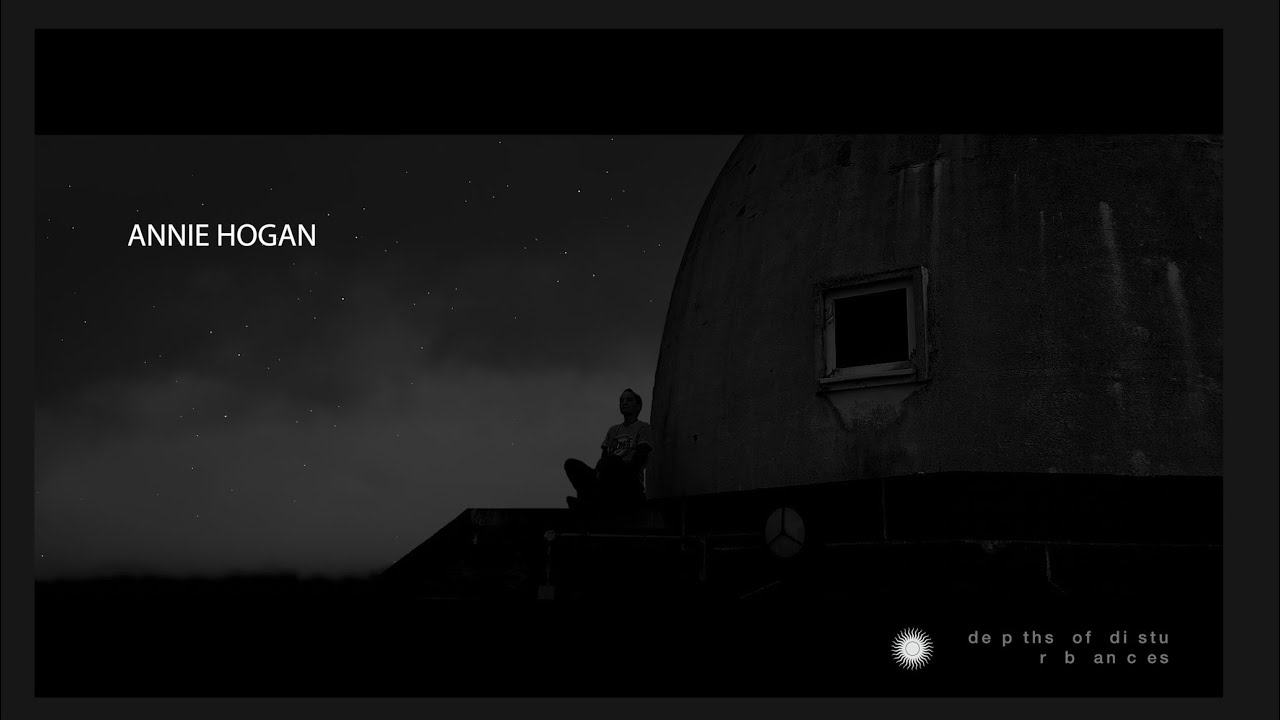For four decades, Annie Hogan has been one of the most important – and most overlooked – forces in British left-field music. A DJ and promoter in Leeds during the city’s great boom in post punk, avant-garde synth pop, new wave and industrial during the early 1980s, there she fell into the orbit of Soft Cell’s Marc Almond and Dave Ball – living with them in the same complex of bedsits that would inspire the band’s ‘Bedsitter’ – and became part of a wider scene of radical art agitators. Via Matt Johnson of Soft Cell’s fellow Some Bizzare signees The The, she was then introduced to Simon Fisher Turner, with whom she worked on Deux Filles. She then became a pivotal part of Almond’s Marc And The Mambas project, the start of a working relationship that would see her serve as co-writer, arranger and co-producer across his post-Soft Cell solo projects The Willing Sinners and La Magia. At the same time, she was contributing keys for Barry Adamson and Orange Juice’s Zeke Manyika, and live vibraphone for The Style Council.
Her debut solo EP Kickabye in 1985 saw contributions from Almond, Nick Cave and JG ‘Foetus’ Thirlwell among others, and in the 1990s she launched a short lived, though brilliant, band called Cactus Rain. Further collaborations saw her work with the likes of former Kraftwerk member Wolfgang Flür, Jarboe, Derek Forbes, Regis and more. Whether alone or as a collaborator, at all points she demonstrated not only a singular command of melody and rhythm, but a constant will for progression and transformation that continues to this day.
Her Baker’s Dozen, however, spans none of this period. Instead, Hogan has decided to pick the 13 seven-inch records that shaped her before the age of 13. “It’s because that was when music had the most impact on me,” she says over Zoom. “It opened me up sonically. From 12 and 13 onwards big school came with peer pressure, and I felt it sonically. Music heaven was before all that.” As she approaches her 63rd birthday, she says she’s noticed herself returning to that earlier mindset. “I don’t know if it’s a 60-plus thing, but I’m gradually travelling back to that person, back to that more honest realm,” she says. “I’m much more open to music. You realise that there were other things you were holding onto for dear life, and suddenly you think, ‘Meaningless! Pointless!’ I don’t feel wiser, I just feel happier.”
It’s probably no coincidence that new album Depths Of Disturbance, which receives a limited vinyl run on Downwards next month, sees her return her attentions to the Wirral peninsula on which she was raised and still lives today, more specifically to the Bidston Observatory. First established in 1866, until 1969 it housed The River Mersey One O’Clock Gun, fired electrically in order to set the exact time. After being combined with the Tidal Institute in 1929, it also became majorly important during the Second World War, predicting the tides for the D-Day landings with a mechanical calculator that would go on to be crucial in the development of the digital computer. Now, it is a not-for-profit research centre, providing low-cost temporary work space for artists to develop their practice. Hogan made use of the site for two months, mainly taking field recordings. “I was on the roof a lot,” she recalls. “There’s a weather cabin there. It was autumn and winter, so it was very stormy. You’d get this incredible sound gathering through the roof and coming through the building.” While using them as the basis for her abstracted and immersive new album, “I could listen back and visualise the dome. It started to feel like I was travelling in it, I got the feeling of flying through the universe.” She took similar recordings at the nearby Bidston lighthouse, which she hopes will become a follow-up project.
Before Hogan was born in Oxton, near Birkenhead, her parents had lived in Nigeria, where her father worked for the port authority, and her mother ran a nightclub in Apapa, Lagos. They returned to the Wirral, following Nigeria’s independence in 1960, and brought the contents of the club’s jukebox with them. Hogan, who arrived a year after that, had a less international childhood. “I mean, we went to Wales every weekend to a farm,” she laughs. “I’d be up at five o’clock in the morning with the farmers – I couldn’t believe they were having cake and chips for breakfast! Then I’d be out with the dogs, cows and sheep. That was my life every weekend.”

Her mother’s 45s, however, represented something else entirely – the sound of something exotic and foreign, spurring her imagination and laying the seeds of that explorative instinct that would prove so crucial to her musicianship as an adult. “I had carte blanche to rifle through these records and I fell in love with them massively. Even though a lot of them weren’t African records, to me they were ‘from’ Africa, an exciting faraway place, and that excited my brain.” For the same reason, many records by Joe Meek loomed large, though she didn’t know it was the same sonic adventurer behind them all. As a child, she’d keep retuning her parent’s radio in an effort to pick up foreign stations, for the sound of the static between destinations as much as for the music. Soundtracks and narrative-driven classical music were crucial too, not least the work of John Barry who she idolised. The records she’s picked may not be those she encountered during a singular musical career, but from them flew the many sparks from which it formed.
Annie Hogan’s new album Depths Of Disturbance is out soon via Downwards. To begin reading her Baker’s Dozen, click ‘First Record’ below



